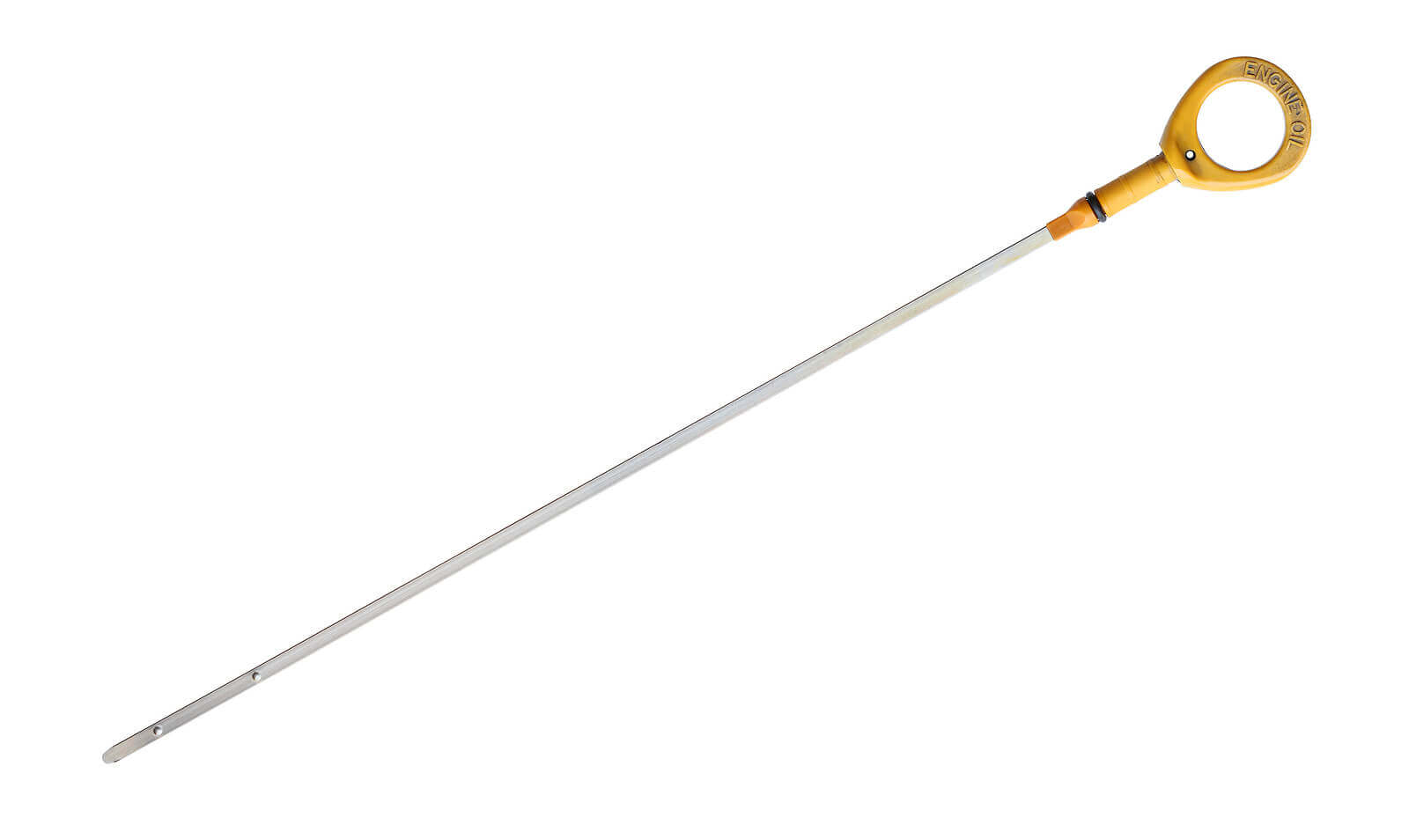Oil change is one of the simplest operations that take place in the maintenance process of a car.
Engine oil is one of those products that ensures a long and trouble-free life of an internal combustion engine. Although everyone knows how important lubricant is, there are few who regularly check the engine oil level. Apart from them, there are those who forget, willingly or not, to change the oil.
When is the oil change done?
It is recommended that the oil be changed at least once a year or when a mileage limit has been reached (10,000 km or 15,000 km, depending on the oil used and engine wear).
Factors that may affect the condition of the engine oil:
- How to drive – A careful driver will not put pressure on the performance of his engine.
- Your typical speed – Driving at high speeds can add wear to engine parts, especially with contaminated engine oil.
- The type of oil you use – Synthetic oil will work at a higher level and more than conventional oils.
- Where to drive – Driving along dirt tracks or country roads is more likely to introduce dirt and dirt into the engine than driving on highways or suburban areas.
- Weather – Snow and rain will make it easier for contaminants to enter the engine and oil.
The oil change must be carried out together with a regular car service schedule. It is not a replacement for a full service, but it is a good starting point to improve your car maintenance habits.
Why is the oil change done?
Another thing you need to know is that oil is not just a lubricant. It cools the engine components, helps to clean the residue from the combustion process, protects against corrosion and ensures the tightness between the surfaces of the internal components.
If the oil is not changed at the recommended intervals, the engine oil will become contaminated with dirt, which will eventually prevent it from doing its job. This can cause the engine to overheat.
If you notice signs that it is time to change the oil, then it is essential to book one as soon as possible to avoid further damage to your vehicle.
If you change your oil, it is usually worth changing the filter at the same time, as both work together to keep the system clean.
Neglecting oil and filter change can lead to more expensive car repairs in the future. Poor quality engine oil can damage the engine. By spending less on a short-term oil change service, you save a lot of money later, as well as extend the life of your car by keeping other important parts in good condition.
Should you change your oil filter every time you change the oil?
Absolute. The job of your oil filter is to collect any dirt that your engine oil has accumulated. While your filter has worked hard over the mileage between oil changes, it will become saturated with a lot of dirt and debris.
The more clogged the oil filter becomes with such contaminants, the less efficient it is at doing its job. A new filter will work much better than the old one might be, and there’s no chance it will introduce last year’s dirt into your brand new oil.
The cost of changing the oil filter will not make much difference to the total bill. So the choice to jump over it is not worth the risk.
What’s the worst thing that could happen to you when you skip the oil change?
Given that I have highlighted the work it does and how important the oil change is, it may not seem to cause any damage, but that’s because you can’t see what’s going on inside your engine.
Accumulated engine damage is slow and may not affect performance for long, but it does.
Eventually, this damage will cause the engine to stall and stop working. Do we need to remind you how expensive repairs are? Most of the time, it’s more than the value of your car. And for what? It’s really not worth it. As experts in the automotive industry, you should take our word for it.
What type of oil do we use?
There are a number of drivers who go to the store and buy the oil “by ear”. What they forget is that the type of lubricant is in the car’s book. The lubricant is classified according to various standards, and the most used is the SAE, which delimits the types of oil according to viscosity.
Types of oil:
- Conventional engine oil
Conventional oil is classified according to its thickness and fluidity. The professional term for this is viscosity. Each grade is combined to suit a particular car, environment and driving style.
- Synthetic engine oil
Synthetic engine oil is the highest quality oil as it is carefully crafted to ensure the highest level of engine lubrication and protection.
- Mixture of synthetic motor oils
Synthetic blend engine oil is a blend of conventional and synthetic types. This type of oil is recommended for most vans, trucks, or heavy-duty vehicles because it works hard to keep engine temperatures low under pressure.
- High mileage engine oil
Highly mileage engine oil is, unsurprisingly, suitable for vehicles that travel or have traveled many miles. This mixture has a unique blend of additives and viscosity, which reduces combustion. It also helps to seal leaks and improves engine compression.
How is the engine oil level checked?
Most car engines have a dipstick to check the engine oil level. Your car’s user manual will confirm if it has one and where it is located. Otherwise, it will highlight the procedure you should follow if using an electronic oil level indicator.
You will need a piece of old cloth or a kitchen roll and it is a good idea to wear disposable gloves. It is also a good idea to wear old clothes and keep long hair and loose jewelry away from engine components.
The engine should be cool, or at least cool, before checking the oil. This is to ensure that you do not burn a hot engine and that the oil may have leaked back into the crankcase.
On most modern cars, the engine oil dipstick is mounted near the front of the engine. It may have a bright yellow, orange or red plastic handle, often marked with an icon that looks like a box of oil (it may look more like a watering can). Once you’ve located it, grasp it firmly and carefully pull it out of its tube. There will be resistance and you may need to pull fairly firmly. Be sure to pay attention to where the dipstick comes from so that you can easily replace it.
The dipstick will be marked with two indicator lines, which can be labeled MIN and MAX. Ideally, the oil level should be halfway between these two signs. You will probably get a fake reading the first time you remove the dipstick, so clean the oil with a piece of residual cloth. Make sure the dipstick is clean and then place it in the guide tube, making sure you press it all the way home.
Wait a few seconds and remove the dipstick again. This time, the depth of the oil should be clearly visible on the dipstick and hopefully it will be between the MIN and MAX markings. If this is the case, all you have to do is replace the dipstick and close the hood. If the oil level is at or below the MIN mark, it will need to be refilled.

How do I know when to change oil?
Oil is essential for lubricating moving parts of your engine, but the lubricating properties of the oil do not last forever. Here are some simple ways to tell if your car needs an oil change:
- Color darkened (when checking the dipstick)
- The oil is coarse and grainy (when checking the dipstick)
- The oil level continues to drop even when it is regularly refilled
- Increased engine noise
- Dirty smoke comes out of the exhaust
- The oil warning light is on on the instrument panel
- High mileage since last oil change
How to change the oil?
After removing the cover positioned on the engine, proceed to the removal of the used filter and then to the shield that protects the oil bath. After that, unscrew the cap at the base of the oil bath and wait until the entire amount of lubricant has drained.
After completing this process, replace and tighten the aforementioned plug with a torque wrench set to a force of 30 Nm, install a new filter tightened to 25 Nm and add the required amount of oil depending on the car engine. At the end, the driver will confirm to the computer that the oil has been replaced.
To carry out the oil change operation, Auto Bild Romania collaborated with Midocar Vitan. The “guinea pig” used was a 2010 Audi A6, equipped with a 2.0-liter TDI engine that produces 170 hp. For the whole process, 5 liters of SAE 5W30 oil and an oil filter corresponding to the engine mentioned above were used.
Steps to follow:
- Remove the engine cover and used oil filter.
- Switch to the engine protection shield.
- This step involves unscrewing the oil bath cap.
- The used oil is collected in a special tank.
- Tighten the oil bath cap with a torque wrench.
- Install the new oil filter, which will collect residues over time.
- Add the appropriate oil. The type is found in the vehicle book.
- The operation performed on the machine computer is confirmed.
How much does the oil change cost?
5 liters of lubricant recommended by Audi for the engine in question and a new filter were used for the oil change operation . The customer in question benefited from the Audi 4+ package, with a 2-year warranty, and in the end he had to pay the amount of 438 lei, including VAT.
You may also be interested in:





